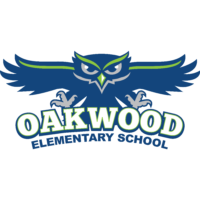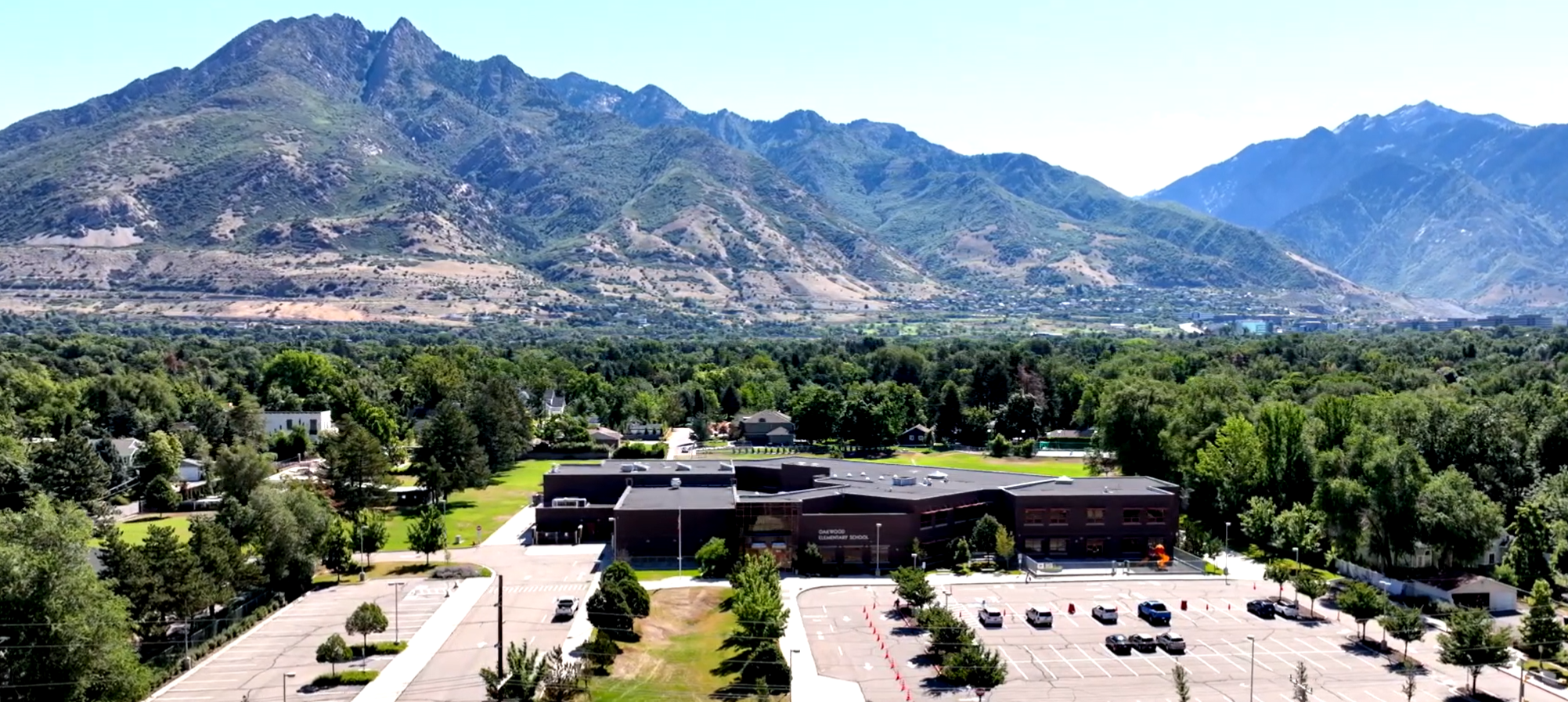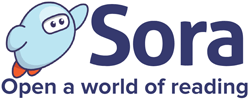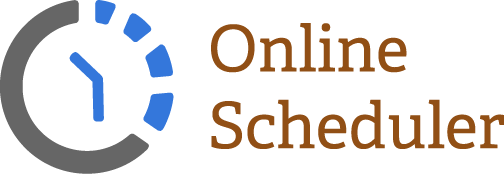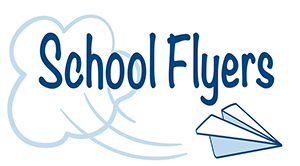Oakwood Elementary Condensed Reopening Plan
Communication and training
• Develop School reopening plans in collaboration with staff, PTA, Community Council, district leadership.
• Follow State and district requirements.
• Share plan with community (email, website) by July 27th.
• Weekly communication with community (update/changes, best practices for preventive care, positive outlook).
• Prepare for various scenarios: parent. concerns/defiance, students presenting symptoms, staff illness, substitute needs.
• Train all staff on procedures and plans.
• Access media resources and share or create media to help students, staff, and patrons understand preventative and responsive procedures.
• Prior to students returning, a rigorous education process about our new procedures will begin and continue at school for students and staff and parents.
Accommodating Individual Circumstances (e.g., High-Risk, Personal Decisions)
Communicate clearly the district and school plan for distance learning or in-person learning options.
Review with my social worker, psychologist, 504 coordinator, teachers, staff, and parents to know who may be high risk.
High-risk’ employees work with administration and HR to minimize risk.
Follow district and board of health procedures to help protect high risk individuals including masks, distancing where possible, removal from high contact areas of the school, immediate isolation when symptoms present, and require sick leave, etc.
Develop process for identification as ‘high-risk’.
Review with my social worker, psychologist, 504 coordinator, teachers, staff, and parents to know who may be high risk.
Provide alternate learning as requested.
Review Health Care Plans/IEPs/504s to address risk for exposure & accommodate as needed.
Consider emotional/social needs of staff (breaks and open communication).
Consider emotional/social needs of students (breaks, referral to social worker/psychologist, open communication).
School Schedules
Granite School District has three schedules that they are prepared to implement depending on what may be happening due to the virus. The three schedules are Regular, Modified, and Dismissal. With the regular schedule students K-12 will be allowed to attend every day using the board approved school calendar with increased safety and mitigation measures in place. We plan to use this schedule most of the time. The only time we would utilize another schedule for an individual class, grade, school, or the district, is if we were recommended to do so by the Health Department, the Governor’s office, or the USBE.
If it is deemed necessary that we reduce the number of students that are attending school, we will utilize a modified schedule. On a Modified Schedule, schools would operate on a split A/B schedule M-Th (Half the students in a class will come on Monday/Wednesday and half on Tuesday/Thursday.) Students not receiving face to face instruction will utilize distance learning or paper-based modules. On Fridays, all students will receive distance learning. Teachers will also use Fridays for planning, small group meetings, and interventions. Students would be divided alphabetically K-12 so students in the same families can be on the same schedule. Accommodations will be made on a case-by-case basis.
The third schedule would be a dismissal. We would only utilize a dismissal for a class, grade, school, or the district in the event of an outbreak and in consultation with the Health Department.
These schedules allow for optimal flexibility and are aligned K-12 to best accommodate the students and families we serve. Any of these schedules may be done district wide or on an individual school basis. The district, or an individual school, grade, or class, could be on any one of these schedules regardless of what color phase the state, county, or city is in.
Monitoring Incidents
We will adopt the new Utah School Nurse Association (USNA) protocol for symptom monitoring.
• These protocols will be emailed to all Oakwood staff.
• School nurses will verify each site administrator has the protocols and answer questions.
• Teachers/Staff will have thermometers to check temperatures
I will review these protocols in opening staff meetings.
We will help families and patrons detect and monitor symptoms using the new Utah School Nurse Association (USNA) checklist for symptom monitoring @ home.
• This checklist will be posted on the Oakwood website.
School nurses will provide this checklist to families as needed.
Containing Potential Outbreaks
Transition Management Preparation
Mitigating Tactics for Specific School Settings
Classrooms
• Students required to wear face coverings when engaged in contact longer than 15 minutes or within 6 feet.
• Assigned seating.
• Maximize space between seating/desks.
• Seat students forward.
• Nonessential furniture and equipment out of classrooms to increase distancing footprint.
• Classroom cleaning bucket w/supplies.
• Used rags container.
• Student water bottles (brought from home/school purchased).
• Calming bags/multiple per classroom.
• Dots for lining up in classroom for distancing.
• Individual student books/supplies kept at each desk – avoid sharing.
Transitions
• Increase time for transitions.
• Use alternate methods of providing water/no use of drinking fountains.
• Prop doors open or have door holders to reduce touch.
• Clean high touch surfaces before/after transitions.
• Require students/staff to wear face coverings during transitions.
• Minimize/monitor congregation of students.
• Apply floor markings and signs to direct traffic flow.
Entry/Exit Points
• Designate entry/exit flow paths.
• Limit nonessential visitors/volunteers.
• Establish protocol for any non-regular staff including temperature checking and wearing of face coverings.
• Establish protocols for drop-off/pick-up and communicate to families.
• Hand sanitizer available for both entry/exit.
• Signage encouraging physical distancing.
• Before School – students line up by class at a grade level designated door.
• One class enters at a time keeping appropriate spacing.
Transportation
• Face coverings for all passengers.
• Maximize physical distancing where possible.
• Sanitize seats and high touch areas on the bus.
Restrooms
• Signage and instruction on proper hand hygiene.
• Regularly scheduled cleaning for high touch areas.
• Scheduled bathroom breaks for individual classes.
• Minimize number of individuals in restroom.
• Floor markings to encourage physical distancing while waiting.
• Require face coverings while in restroom.
• Rotate monitoring of restroom.
Lunch/Cafeterias
• Floor markings and signage to designate serving line flow paths.
• No self-service bars.
• Food servers wear face covering.
• Sanitizer before/after meals.
• Increase cleaning & disinfecting of high touch surfaces.
• Use outdoor areas for eating when possible.
• Assigned seating.
• Wear face coverings when in line.
• Reduce # of students seated at a table/assigned seats.
• Home lunch students at start of class line-up.
Large Group Gatherings (e.g. assemblies, performances)
• Cancel or limit the size of nonessential assemblies.
• Record assemblies to be viewed in classrooms/at home.
• Hold virtual meetings when possible.
• Wear face coverings for small group gatherings.
Unique Courses with Higher Risk of Spread
• Build in time for sanitation between sessions/use.
• Outdoor PE when weather permits.
• Teachers rotate classes not students.
• Meet the Masters held in art class with increased sanitation and face coverings.
• Students don’t share materials.
• Dance is physically distanced when possible with only one class at a time.
Recess and Playground
• Limit recess to one grade level or two using a divided playground so grades don’t interact.
• Disinfect playground equipment regularly.
• Hand washing required when exiting class and returning from recess/PE/dance/art.
• Face coverings not required at recess if physical distancing is possible.
Special Education, Related Services, or School Counseling (e.g. School Psychologist, Speech Language Pathologist, etc.)
• Face shields, masks, and physical distancing.
• Offer accommodations for students unable to wear protective coverings.
PD/Faculty Meetings
• Faculty meetings will be held in rooms large enough for physical distancing, usually our gym.
• Other precautions will be taken including face coverings, hand washing/sanitizing, and use of electronic materials rather that print.
• Zoom or Google Meet meetings if needed for some or all faculty depending on circumstances
Before/After School Student Supervision
• Parents drop off kids in front of school. Buses in the bus zone.
• Students will wait on the playground before school.
• Students move to the back of the school to wait with face coverings on.
• Adult aides supervise the area until the bell rings.
• Bell rings, students line up physically distanced.
• Teachers bring in one class at a time.
• The playground is closed after school ends.
• Students not picked up by 4 PM are brought in to the building to call for a ride home.
Drop Off/Pick Up Areas
• Parents are responsible to prepare their students for the day.
• Drop off is in front of the school.
• Students walk around the school to the back after being picked up.
• Teachers lead students in line to pick up area where they either walk home or wait for a ride or
• get on the bus.
Front Office
• Staff will wear masks/shields.
• Sanitation of counter and surfaces will happen often.
• Plexiglass installed to protect patrons and staff.
• Sign in materials will be sanitized regularly
SEP conferences will be held by appointment or via Zoom, Google Meet, email, or phone.
Parents may meet with teachers and/or the principal in person by appointment using safety protocols P/T or SEP Conferences
Safety and Fire Drills
We will conduct fire drills, shelter in place, lockdown drills, and earthquake drills.
Students will wear face coverings, physically distance, and be led by their teachers in these drills
Patron Meetings
Community Council, Arts Committee, PTA, and other adult meetings will require face coverings, physical distancing, or be held via Zoom.
Cancel Grandparents’ Day, Choir Performances, PTA Fundraising Carnival.
Library/Media Centers
• Plexiglass installed at checkout station.
• Books returned quarantined for 3 days.
• Online check out and classroom book delivery.
IEP/Special Ed Meetings
• In-person meetings held physically distant.
• Face coverings worn.
• Online meetings or phone meetings when needed
Multipurpose Room
• PE equipment sanitized regularly.
• Activities designed by teacher and dance instructors to help students stay safe.
Hallways
• Students required to walk on the right side of the hall, stairways, and entry/exit points.
• Signage will indicate proper distancing and walking on the right is required.
• Teachers will lead students through the halls whenever the class transitions together to a special class, recess, lunch, PE, beginning and end of the day.
• Lots of preteaching and reteaching of SOAR (safe, on task, advancing, respectful) expectations will take place.
